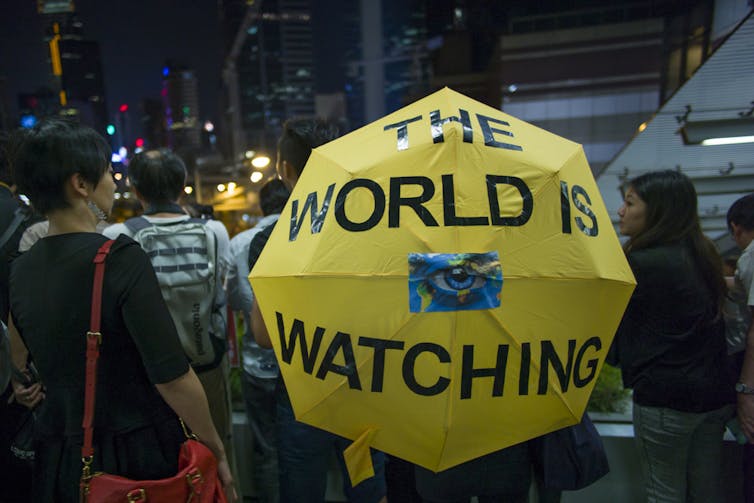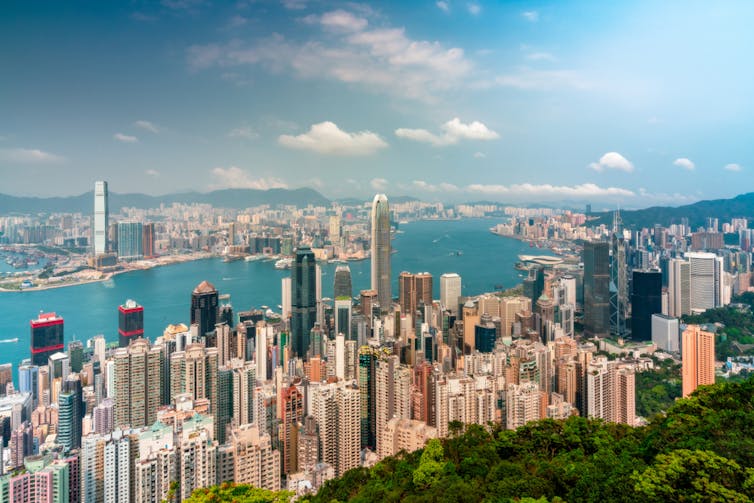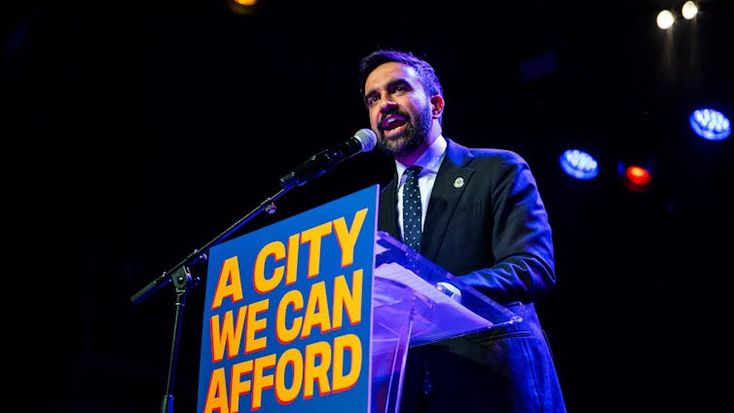
Michael Joseph Richardson, Newcastle University
The Cathay Pacific Airways Flight Attendants Union recently encouraged staff to join protests at Hong Kong’s international airport. It should be noted that Cathay Pacific itself clarified in a note to the Global Times that it was not the event’s organiser, and that the protest didn’t constitute industrial action by its employees.
There have now been eight consecutive weeks of anti-government protests in Hong Kong. They started in opposition to (now suspended) extradition legislation, which would have seen suspects in the special administrative region sent to mainland China, but have since grown into a wider movement calling for the resignation of Carrie Lam, the leader of Hong Kong.
But while it is attracting global attention now, the movement has a long history that puts the unprecedented move of Cathay Pacific’s flight aviation union in context.
Read more:
Hong Kong on the brink after chaotic day of protest – its leaders now face hard choices
A student strike in late September 2014 saw the birth of Occupy Central with Love and Peace (OCLP). The occupation took hold of several key areas of the city that year, with campaigners employing non-violent civil disobedience. It officially lasted for 79 days, although its legacy is still being written.
Back then, the movement was focused on the right to universal suffrage, a fair and transparent electoral system, and ultimately an open democratic process. Pacifist symbols (yellow umbrellas, protective face masks and eye goggles) were deployed against police aggression (pepper spray and tear gas) – and the so-called “Umbrella Revolution” was born.
In 2017, 20 years after Britain’s colonial role of the territory came to an end, Lam, Beijing’s favoured candidate, was appointed Hong Kong’s leader, a move widely criticised by pro-democracy campaigners.
Further controversy followed a year later with the opening of the Hong Kong-Zhuai-Macau Bridge, which was described by independent lawmaker Claudia Mo as an “umbilical cord” to China.
Resistance
The mainland, over time, has been tightening its grip. But recent events at Hong Kong’s international airport and across the city show just how strong the resistance to perceived Chinese influence has become.
The well-educated middle classes are also front and centre of this resistance movement. In Annals of the American Association of Geographers, I argued that the mobilisation of professional, politically-oriented Hong Kong Chinese has seen the movement employing the “weapons of the well-educated”.
The phrase refers to political scientist and anthropologist James C Scott’s important 1980s work Weapons of the Weak, which explored peasant resistance in Malaysia. He described “the ordinary weapons of relatively powerless groups: foot dragging, dissimulation, desertion, false compliance, pilfering, feigned ignorance, slander, arson, sabotage, and so on”.

Shutterstock
In modern Hong Kong, however, a very different demographic has been taking a stand. There, justice is being called for by locally born, Hong Kong citizens, many of whom were, or are, students at the city’s universities. This makes the movement harder to ignore and more difficult to silence.
Evolving protest
But the current protests have led me to revise this thinking further and to conclude that the protests have now become the “weapons of the well-connected”. The protests have been reinvigorated by further support from much of the city’s expatriate community, a topic I am currently researching. As part of this, I interviewed a 20-something half British, half Malaysian Chinese working in Hong Kong. Reflecting on their involvement in the anti-extradition protests earlier this month, they stated:
I do want to reiterate that these events have completely altered my view of HK [Hong Kong] society – particularly the police. You grow up thinking that the police are on your side and will always protect you … but I no longer trust the police and I don’t like them. The force used was completely unnecessary and an abuse of power and authority.
I also think the way that the bill [the controversial extradition law] was very quickly rushed through the system was a complete abuse of authority by Carrie Lam and her government. When I was tear gassed the second time, I was away from the large crowd that the police were kettling. The riot police were standing in a line and had their backs to me; we were about 200 metres behind them – unmoving and unarmed. It suddenly went silent and then I saw at least five gas canisters beneath my feet. ‘Surreal’ doesn’t begin to cover it.
They powerfully finished the interview by saying: “As much as I am now anti-police and anti-establishment, I have never felt more proud to call myself a Hong Konger; and I think many people will feel the same way.”
The role of city workers in the protests certainly shows how things have evolved since the 2014 Umbrella Revolution, which was an overwhelmingly local movement. While the political outlook of Hong Kong’s business elite had previously been largely apolitical, the perceived Chinese encroachment is now so great that even organisations are beginning to speak out.
The protests have already been aided by UK government support, causing increased tensions with the Chinese ambassador in London – and now they have the support of the Cathay Pacific Airways Flight Attendants Union. Hong Kong’s future as a special administrative region of China is unclear, but the connections forged with the international business community have changed the nature of protest in the city. And China will likely find it harder and harder not to listen.![]()
Michael Joseph Richardson, Lecturer of Human Geography, Newcastle University
This article is republished from The Conversation under a Creative Commons license. Read the original article.




22 Comments
Pingback: Ks Quik 800
Pingback: upx1688.com
Pingback: บริการจัดงานศพครบวงจร
Pingback: buying psychedelic mushrooms
Pingback: auto swiper
Pingback: SA Gaming รวมการเดิมพันคาสิโนออนไลน์ไว้มากที่สุด
Pingback: Ching Chong, Chinaman
Pingback: สอนวิธีการเล่น เกมกราฟ ไม่ยากอย่างที่คิด
Pingback: MUGHUAY เว็บแทงหวย
Pingback: car detailing
Pingback: faw99
Pingback: ผ้าวน
Pingback: XG CASINO ค่ายคาสิโนมาแรง
Pingback: lottorich28
Pingback: Nexus Market
Pingback: เรียนสัก
Pingback: free cams
Pingback: เล่นเกมกับสล็อตเว็บตรง
Pingback: Massage
Pingback: หวยหุ้นรัสเซีย
Pingback: แทงบอลออนไลน์เกาหลี
Pingback: รีวิวเกมสล็อต ค่าย PG SLOT